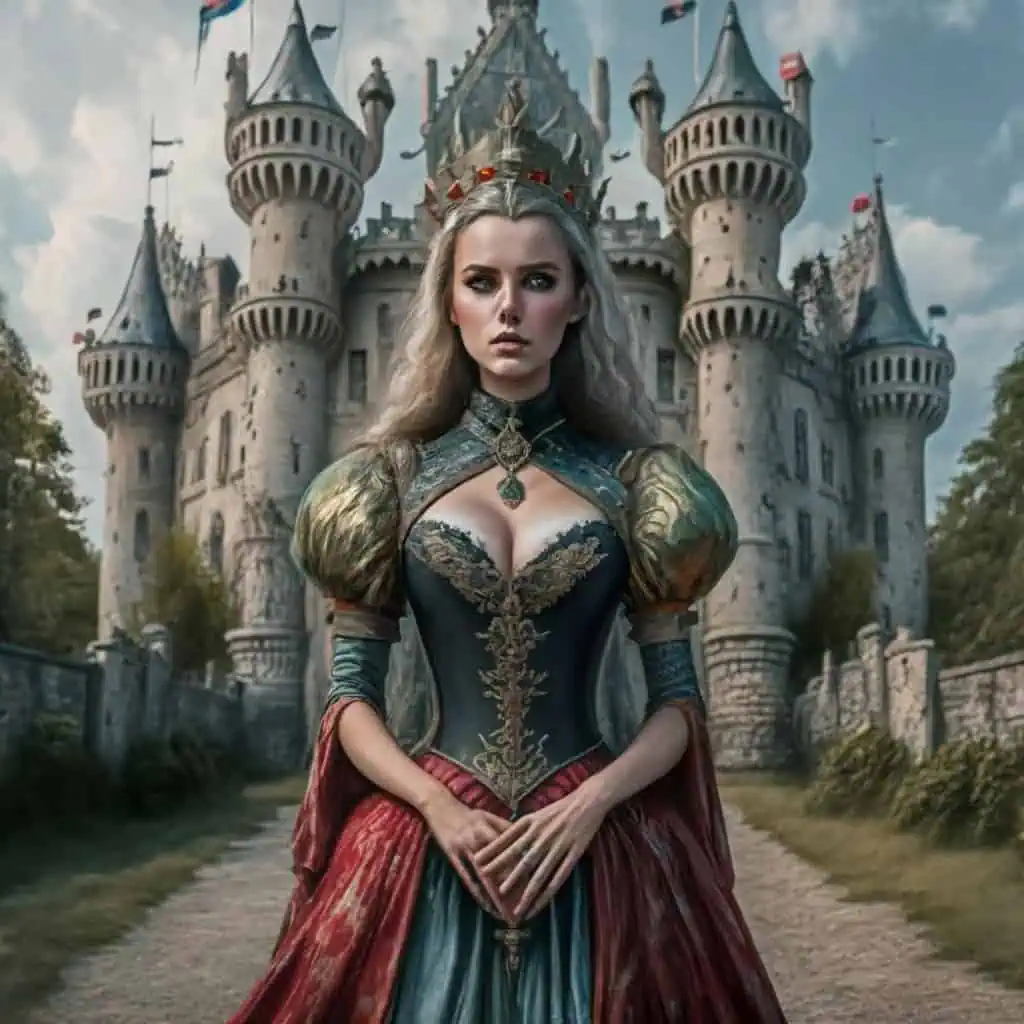Since its debut, Game of Thrones has captivated audiences with epic battles, political intrigue, and dynastic feuds. While Westeros features dragons and magic, many aspects of the show — from castles to feuds to knightly orders — are inspired by real medieval England. This article explores the historical parallels between Game of Thrones and medieval England, highlighting castles, wars, knights, and political power struggles.


LEGO Creator 3in1 Medieval Dragon Toy – Set 31161
Price: £40.99
Age: 9+
Features: Transforms into a Sea Serpent or a Phoenix; mythical creatures building set; perfect birthday gift for boys & girls.
As an Amazon Associate, I earn from qualifying purchases.
🏰 Castles: Fantasy vs Real Medieval Fortifications
Castles were central to medieval England, serving as fortresses, residences, and symbols of power. Examples include:
- Dover Castle – Defended England’s southeast coast and controlled key trade routes.
- Warwick Castle – A strategic fortress during the Wars of the Roses.
- Bamburgh Castle – Survived multiple Viking raids during Anglo-Saxon times.
In Game of Thrones, castles like Winterfell and the Red Keep mirror these designs. High walls, keeps, and strategic locations reflect historical defensive strategies, even if fantasy versions are more dramatic.
📝 Did You Know?
Many medieval castles had multiple defensive layers and were often situated on high ground — principles echoed in Westeros.

⚔️ Dynastic Feuds: Wars of the Roses vs Game of Thrones
The Wars of the Roses (1455–1487) is the closest real-world equivalent to the show’s War of the Five Kings.
- House of Lancaster (Red Rose) vs House of York (White Rose)
- Shifting alliances, betrayals, and civil wars over succession
- Famous battles: Towton, Barnet, Bosworth
Like in Game of Thrones, noble houses in medieval England fought over the throne, land, and political influence, often through violent battles and strategic marriages.
🛡️ Knightly Orders and Medieval Warriors
Medieval knights were bound by a code of chivalry, trained in combat, horsemanship, and warfare. Orders like the Order of the Garter formalized loyalty and service.
Knights in Game of Thrones, such as Ser Jaime Lannister or Ser Brienne of Tarth, reflect these ideals — loyalty, martial skill, and allegiance to a liege lord. While Westeros exaggerates dueling, the honor and military training of knights is historically accurate.
📝 Did You Know?
Medieval tournaments were both training exercises and social events, similar to jousts depicted in the show.

🏹 Medieval Warfare vs Fantasy Battles
While dragons and wildfire are fantasy, many battlefield strategies in Game of Thrones are rooted in history:
- Longbowmen — Famous at Agincourt (1415) for their devastating range.
- Sieges — Trebuchets, battering rams, and ladders were common in medieval England.
- Infantry and cavalry — Armored knights and foot soldiers formed the core of armies.
Despite the absence of magic, medieval warfare was equally strategic and brutal.
🏰 Politics, Betrayal, and Power Struggles
Medieval England’s politics involved alliances, betrayals, and dynastic ambition, just like Westeros:
- Nobles switched allegiances for land or favor
- Royal succession was often contested violently
- Strategic marriages consolidated political power
These human motives of ambition and survival form the backbone of both historical and fantasy storytelling.
📖 Final Thoughts
While Westeros is a fantasy world, many elements of Game of Thrones — from castles to dynastic feuds to knights — are inspired by medieval England. Understanding these historical roots enhances appreciation for both real history and modern fantasy.
💡 Did You Know?
- 🏰 Castles were often built on high ground for visibility and defense.
- ⚔️ Longbows gave English armies a decisive edge in battles.
- 🌹 The Wars of the Roses lasted over 30 years, shaping England’s monarchy.
📚 Further Reading & Resources
⚔️ Frequently Asked Questions
How historically accurate is Game of Thrones?
Many elements, like **castles, battles, and political conflicts**, are inspired by **medieval England**, though dragons and magic are fictional.
Which wars influenced the series?
The **Wars of the Roses** is the closest real-world parallel to the show’s dynastic conflicts.
Were medieval knights really like in the show?
Knights trained in combat and followed a **chivalric code**, but duels were less frequent than depicted.
Did real castles resemble those in the series?
Yes, castles like **Dover, Warwick, and Bamburgh** share many defensive features with fantasy castles.
🏰 Test Your Knowledge: Medieval England & Game of Thrones





